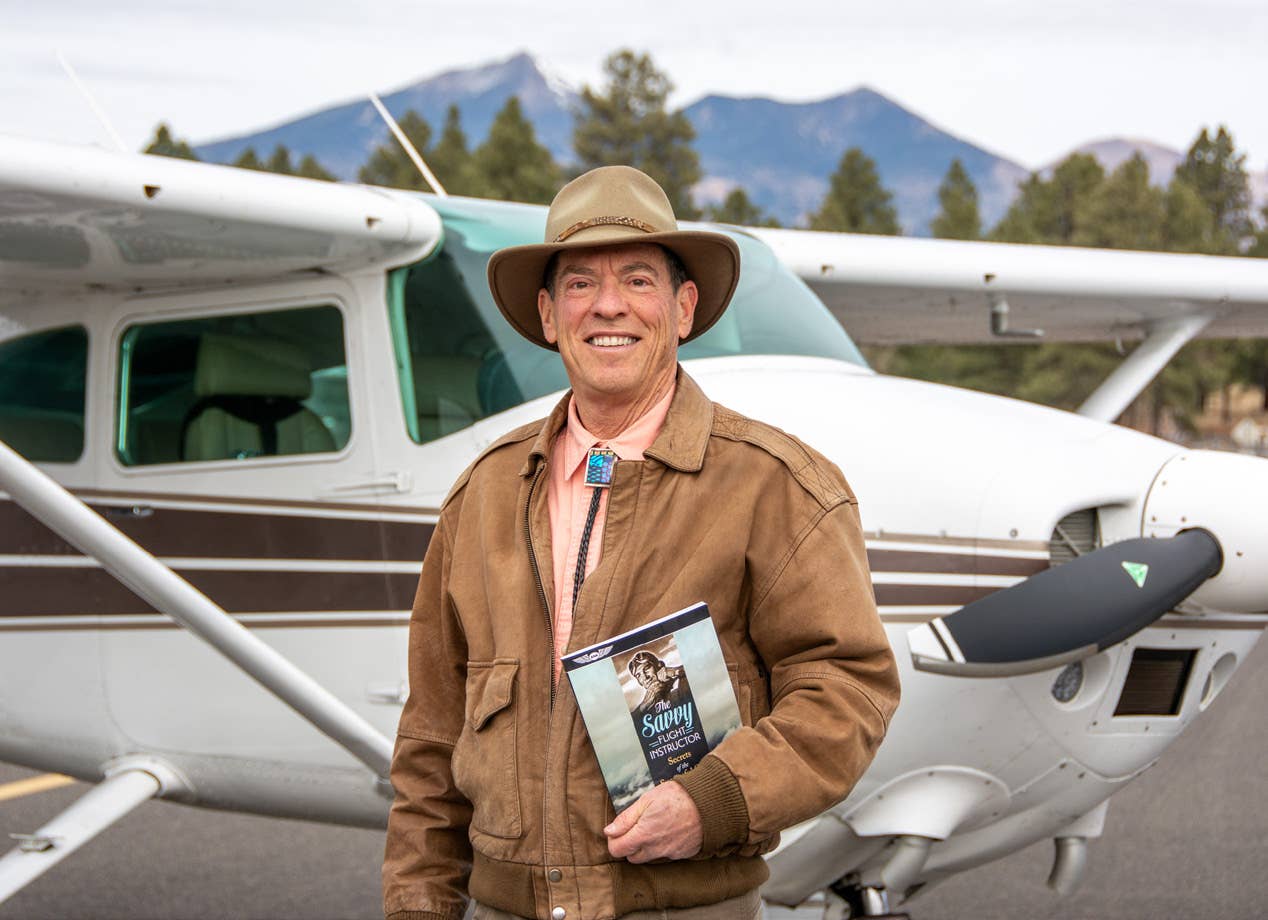
Eric Radtke is an airline transport pilot, Gold Seal flight instructor, advanced ground instructor and NAFI-accredited Master Flight Instructor. Eric has been involved in aviation education since 1998 and currently serves as president and chief instructor of Sporty’s Academy — the educational arm of Sporty’s Pilot Shop. He says:
I’d recommend a recreational or sport pilot course for all students before continuing to a private pilot curriculum. Advantages? Many …
In simpler times, private pilot licenses were "gateway" certificates, allowing pilots to add "advanced degrees" such as an instrument rating as it became necessary. But now, the real requirements are greater for the private than for a commercial certificate half a century ago. In this day of modern flight decks, technically advanced aircraft and complex airspace, utilizing general aviation as a reliable form of transportation makes advanced cross-country training and maybe even an instrument rating a necessity.
A private certificate alone will likely take six months and 60-plus hours of flying time. It’s a long journey filled with ups and downs before you’re able to begin enjoying the fruits of your labor. Today we must consider the recreational or sport pilot the gateway certificate. Pilot candidates pursuing these certificates learn how to control the aircraft, master simple navigation techniques and safely take off and land on a nice afternoon. Once certified, they can show a friend their house from the air, look at the mountains, view the city or cruise over a beach. In other words, they can experience the simple pleasures of flight that likely attracted most of us to aviation in the first place.
The sport or recreational training curriculum will help develop habits and instincts that will increase your likelihood of success in more advanced training courses and allow you to build valuable PIC experience along the way. Your total flight experience will be credited toward your private’s training so it will not create any additional barrier to your end goal, and you decide when and how to proceed.
Pilot training is a very personal experience, and each pilot will need to consider how he will learn best and what best fits his long-term goals and lifestyle. There is no wrong answer of how to begin. The important first step — start flying!
Chris Esposito began flying at the age of 15, soloing in a Bell 47 helicopter on his 16th birthday. Prior to co-founding First Landings Aviation, a flight school specializing in sport pilot and private pilot training, Chris worked as an aviation insurance agent and helicopter flight instructor, accruing more than 1,900 hours of instruction time. He says:
The “sport or private” question is one our flight school is intimately familiar with. Many students are unsure which would be the best fit, and there are always questions about sport time counting toward private pilot licenses. I feel the sport rating is a great place to start and would recommend that any prospective pilot start there. The key is to be aware of the private pilot requirements as you work toward your sport rating so you don’t waste any time when you decide to move on to the private.
It’s important to find an instructor who is an FAR Part 61, Subpart H CFI (instead of the Sport-only Subpart K CFIS). Training with a Subpart H instructor will allow all of your dual instruction time to count toward the private license, so you won’t have to repeat anything when you choose to advance to the private certificate.
So many pilots begin training and never finish, and I believe that is due in large part to the financial and time commitments involved. The sport license creates a “checkpoint” and gives students the feeling of accomplishment that can only come from earning a pilot’s license. Instead of working toward the private, soloing and having to stop for financial or workload reasons, the student can earn a sport certificate in as little as 20 hours of flight time, and he can keep that certificate for life. It’s much more manageable when the license can be earned in as little as two weeks. Those interested in pursuing the private license can do so after earning the sport license, knowing they have a certificate that won’t expire like a student pilot certificate.
As opposed to recreational pilot licenses, sport pilot licenses do not restrict the distance aviators can fly, so pilots are free to roam the United States as well as the Bahamas and gain real-world flying experience. With the sport rating they can also work toward several of the private requirements on their own, building confidence as they do so.
Send reader mail to: edit@flyingmag.com or P.O. Box 8500, Winter Park, FL 32789.

Sign-up for newsletters & special offers!
Get the latest FLYING stories & special offers delivered directly to your inbox






